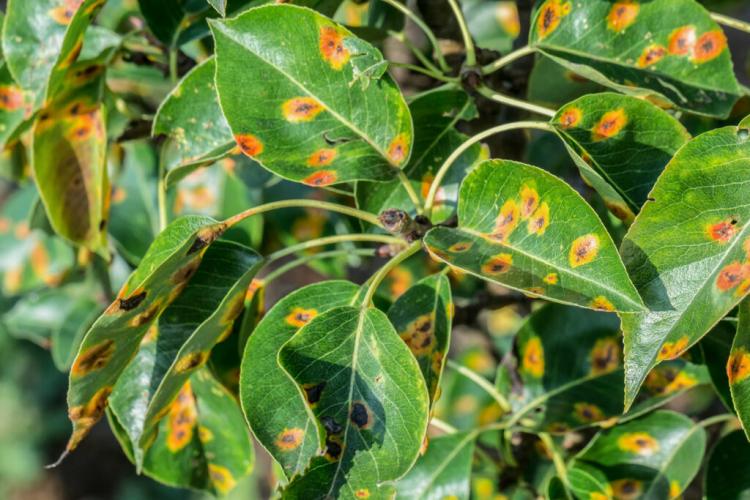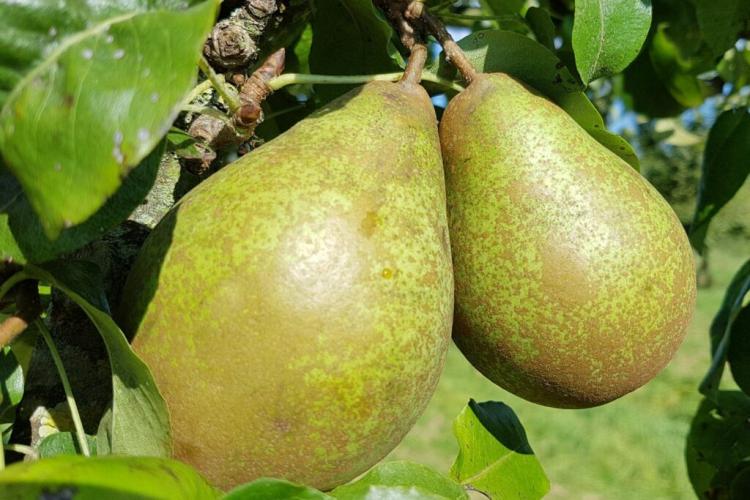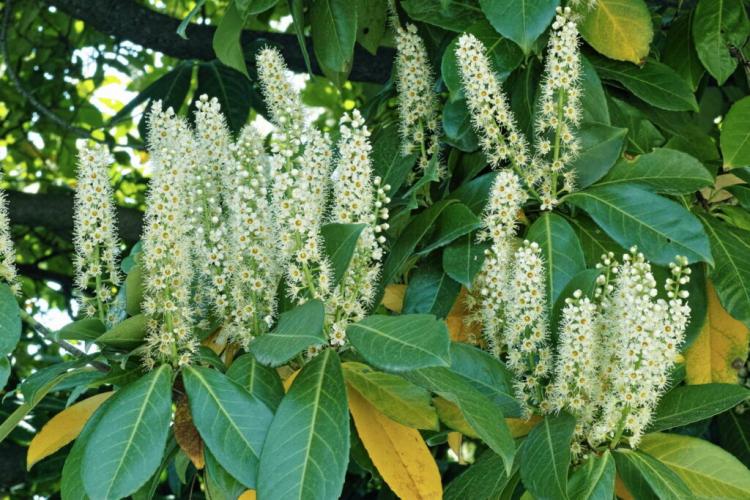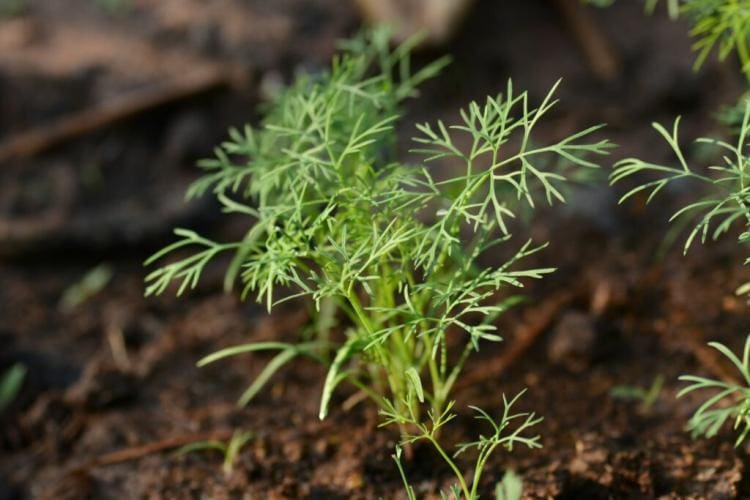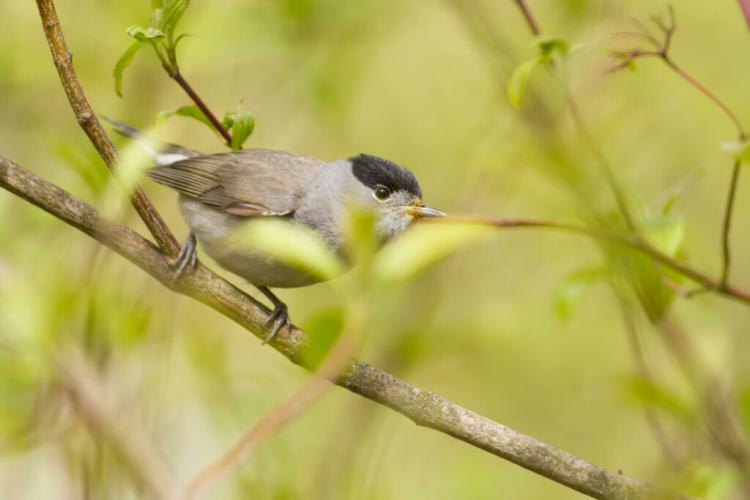Pear Grate: Detecting, Preventing And Fighting
Find out how you can recognize, prevent and combat pear rust, as well as other tips on home remedies and pesticides.
This is how you can recognize an infestation with the pear grate
Table of Contents
If your pear tree has leaves with orange-red spots from around May / June, then it is, for better or worse, the pear grate. With a small infestation, only a few of these orange spots can be seen, but almost all leaves of a pear tree can be infected. In the later course of the disease, nodular warts usually form on the underside of the leaves, which are really not nice to look at. The pear grate alone will not cause a pear tree to die. However, the fungal disease can be a significant stress factor and thus negatively affect the growth and harvest of the pear. The more orange leaf spots there are, the greater the stress for the plant, since the leaf spots cause the green leaf surface to be lost for the energy-producing photosynthesis.
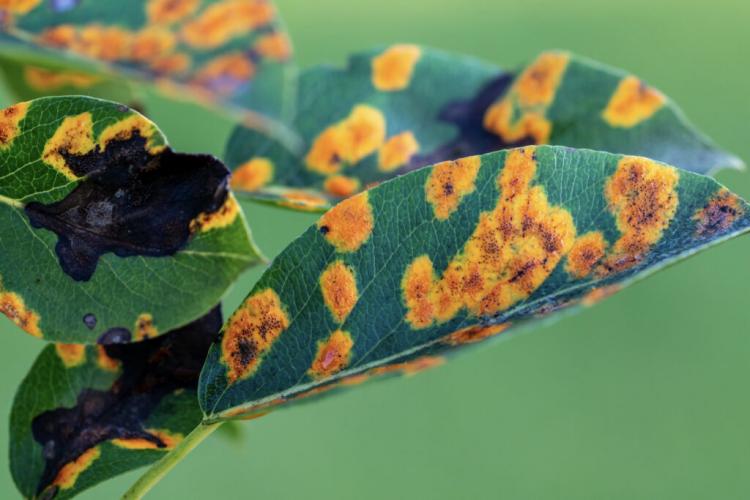
Symptoms of pear rust can be clearly seen on leaves [Photo: Igor Klyakhin / Shutterstock.com]
The harmful fungus: background information
The pest is a rust fungus ( Pucciniales ) that needs two different host plants to survive. Because the pear is only infected by the pear grate (Gymnosporangium sabinae ) in spring and summer; the fungus needs a juniper plant to host it during the winter. At first, an infestation is hardly noticeable on junipers such as the Chinese juniper and the sad tree. Only much later do orange-colored rubber or gelatinous growths (juniper blister rust) appear on the branches, especially when it rains. From there, the spores can travel at least 500 m above the air to infect pears again. Incidentally, the disease is often much weaker in juniper plants than in pears.
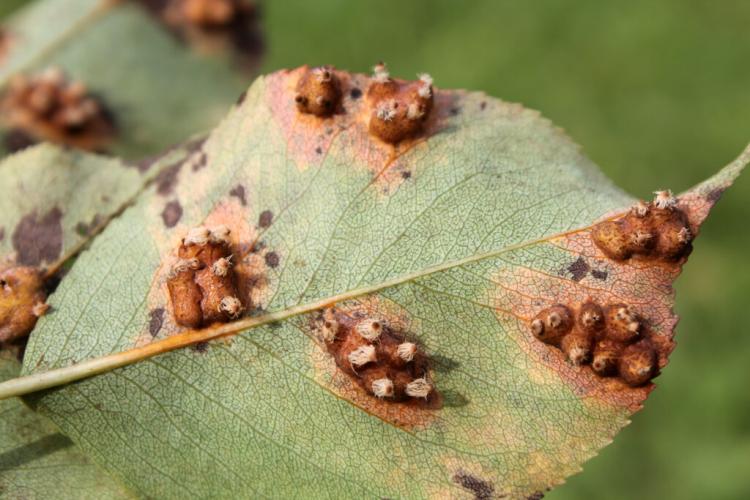
Significant symptoms of the pear rust are also visible on the back of the leaf [Photo: Kazakov Maksim / Shutterstock.com]
Prevent pear rust
Unfortunately, there is no real effective prevention against the pear grate. For safe protection, the junior host, juniper, would have to be removed within a kilometer. However, this cannot be achieved with the neighboring properties. Unless you have a big cause, of course, that’s a different matter. As a rule, you have to live with the fact that the spores of the pear grate can attack your pear or juniper plants at any time. Some gardeners therefore suggest cutting off the infested juniper branches and composting them to prevent the disease from spreading through the spores. Apart from the fact that composting from the pear grate on the in-house compost does not pose a risk, we do not see any advantages in this work step. The harmful fungus grows deep into the juniper wood and healthy-looking branches can already be infected. For this reason, the juniper bladder rust cannot be cured, even the chemical club is ineffective at this point. Apart from that, many types of juniper are not very easy to cut. So it looks bad when it comes to the prevention of junipers, and when it comes to pears? Unfortunately, funds are also limited there. Really resistant pear varieties are not yet on the market. However, it is reported that pure Nashi varieties ( Pyrus pyrifolia ) are relatively resistant to the pear grate. In the case of smaller pear trees, regular spraying with plant broths containing silica also helps. The silicic acid strengthens the cell walls of the leaves and fungal spores cannot grow into the leaf. Horsetail and nettle broths are particularly suitable because they contain a lot of silica. The plant-strengthening measure really only promises success with regular use (about one spray per week).
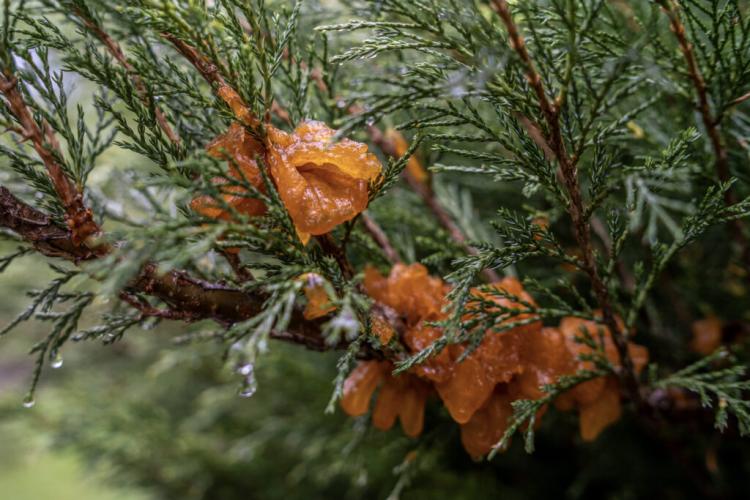
Removing juniper from near pear trees can prevent pear rust [Photo: Igor Klyakhin / Shutterstock.com]
Fight the pear rust
Before even thinking about fighting it, you should first get an idea of the extent of the infestation. If the leaves are only partially covered with leaf spots and if the pear makes a vital impression in other ways, then control is often superfluous. As mentioned at the beginning, the pear grate alone is not able to reach for a pear. Even if the really unsightly leaf spots make you believe that the tree will not have much longer to live. In addition, fighting the pear rust is anything but easy. Unfortunately, home remedies and natural preparations are in no way suitable for dealing with the infestation. Even chemical preparations only help to a limited extent. Because even these remedies only help as long as the fungal spore has not yet grown into the leaf. If orange leaf spots can already be seen, it is already too late to combat it. Good protection is guaranteed if the pear buds have sprouted several times as a prophylactic spray. In the end, it is up to you whether this is really necessary.
Many people only know the pear from the supermarket. However, you can also plant the fruit trees in your own garden. Here you will find our best tips and instructions for planting pear trees.
